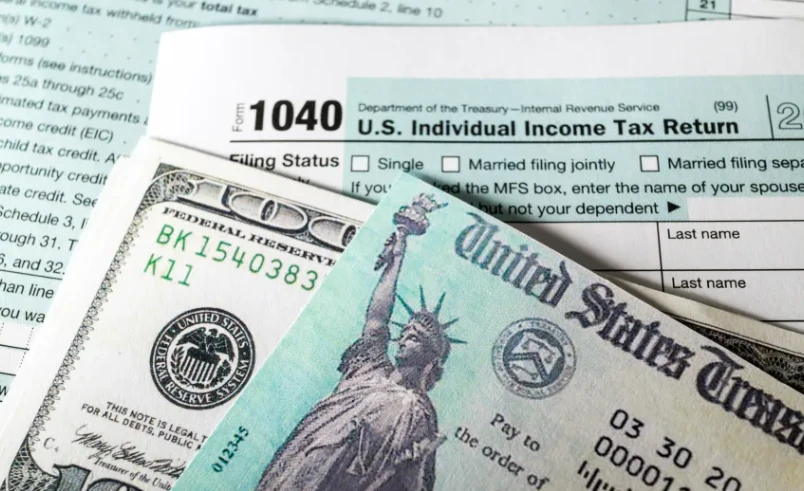As tax season begins on January 23, the Internal Revenue Service (IRS) has some recommendations for you to be among the first taxpayers to receive your tax refund.
A few days ago, the Internal Revenue Service (IRS) announced that the 2023 tax season will begin on January 23, the date on which millions of American taxpayers will be able to file their return for the 2022 tax year. We have not yet reached that day, but if there is a motivation to comply with this civic responsibility, it is the possibility of receiving a tax refund, which is why many wonder when they will be able to obtain it.
Although the answer to this question depends on different factors, there are three actions that you must take care of so that your refund arrives as soon as possible:
1. When you file your tax return: The sooner you file, the sooner you will receive your refund. The IRS encourages taxpayers to avoid delays by being among the first to file their return. In fact, if you think you already have all the documents to file your tax return, you can log into your IRS account and add yourself to the waiting queue to ensure that you are among the first to have your return processed.
2. How you file your tax return: To ensure that you are the first to receive your tax refund, the IRS encourages taxpayers to file their taxes electronically, through their account in the IRS system.
3. How to request your tax refund: after filing your taxes, it is recommended that you add a bank account so that your potential tax refund is deposited directly into it. If you do not have a bank account, you must add an address where a physical check would be sent to you. Mailing checks take longer to arrive than direct deposit.
“This is still the fastest and easiest way to file (your tax return) and receive a refund. To avoid processing delays, individuals should avoid submitting a physical return if possible,” the IRS said in a statement.
The IRS ensures that it issues most refunds within 21 days of processing a completely correct and electronically transmitted tax return.
In short, in order for your tax refund to arrive quickly, you need to make sure you have everything you need to file your return, file electronically, and request direct deposit. That’s all.
The agency noted that those who claim the Earned Income Tax Credit (EITC) or the Child Tax Credit (CTC) and for any of these credits must be sent a refund must wait longer. Under the PATH Act of 2015, the IRS cannot issue refunds for those credits before mid-February. That law “gives additional time to help the IRS stop sending fraudulent refunds,” the IRS notes.
People who claim either or both credits, file their returns quickly at the start of the season, use electronic mode and ask for direct deposit will likely have their refund in their accounts by February 28, according to the IRS.
Since the end of last year, the IRS announced that this year’s tax refund will be smaller for millions of taxpayers, especially in the absence of pandemic aid, such as the much-loved stimulus checks or the expanded child tax credit. However, the different tax credits, plus improvements to other tax incentives, would help certain taxpayers to receive some money (reduced, compared to other years) or significantly lower their tax bill.

